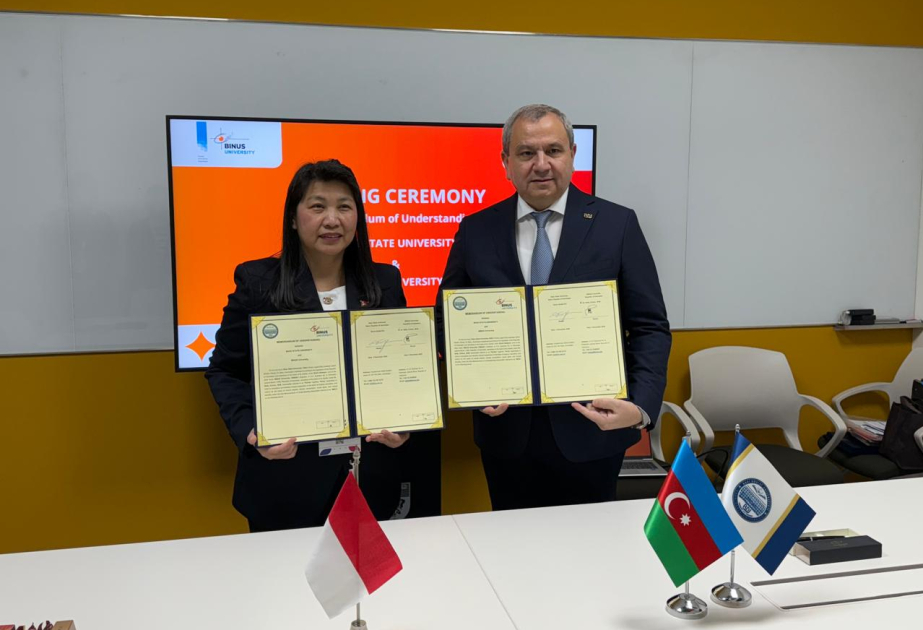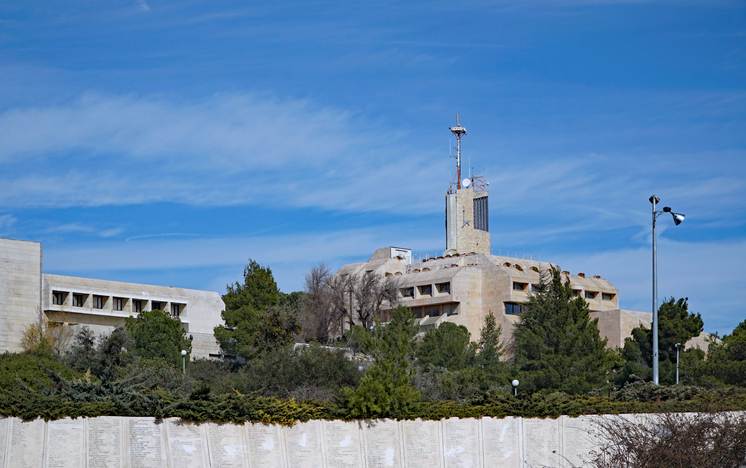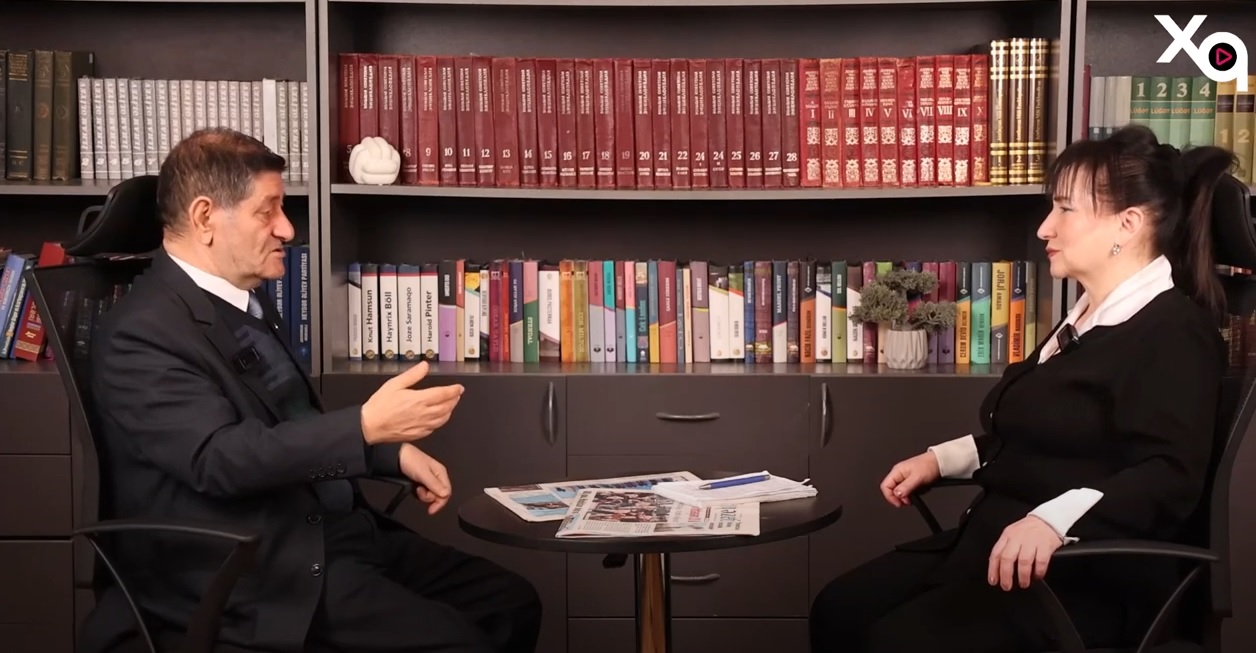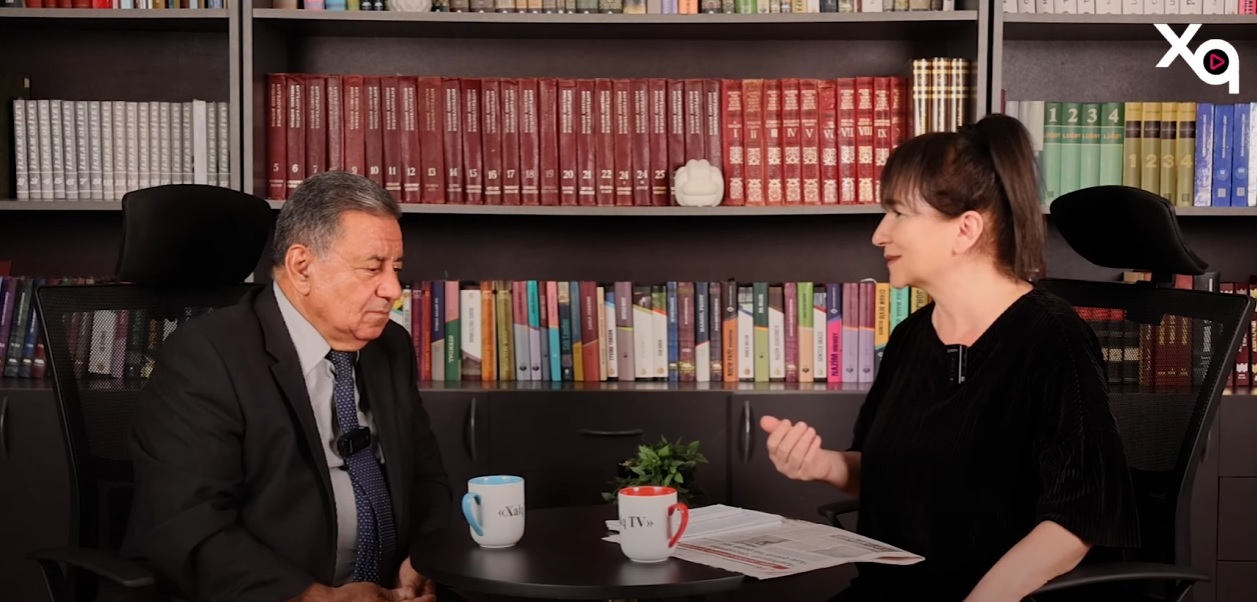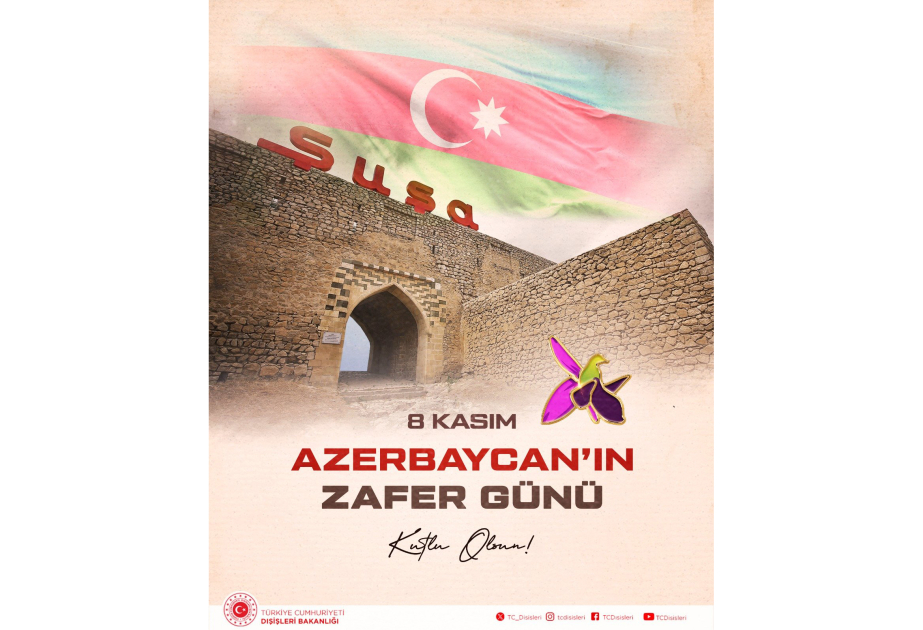ByJERUSALEM POST STAFF
Study finds 3-billion-year-old crystals on Mauritius tied to hidden microcontinent “Mauritia,” supporting 19th-century legends of a lost land beneath the Indian Ocean.
A geoscience paper by Jothi Jayaraman of the Leibniz Institute for Applied Geophysics, posted on ResearchGate under the title “Unraveling the Mystery of the Lost Continent: The Science Behind Lemuria and Microcontinents – A Continent Lost in Time?”, argues that sizable fragments of continental crust lie scattered beneath the Indian Ocean. Central to the claim are zircon grains recovered from young volcanic rocks on Mauritius. Laboratory uranium-lead dating reveals that several crystals formed more than three billion years ago—long before the island itself erupted—implying they were recycled from a vanished continent now dubbed Mauritia .
Zircons act as tiny time capsules: once locked into a rock, their isotopic clocks tick undisturbed. By matching the Mauritian grains to similarly ancient gneisses in India and Madagascar, Jayaraman reconstructs a continental ribbon that once glued those landmasses together before plate tectonics prised them apart. Seismic-reflection profiles and gravity data strengthen the picture, showing crust up to thirty kilometres thick beneath the Mascarene Plateau—twice the depth of normal ocean floor and a hallmark of continental material swamped by later basalt flows .
The idea of a drowned continent in these waters dates to 1894, when British zoologist Philip Sclater coined “Lemuria” to explain why lemurs populate India and Madagascar but not mainland Africa. Sclater lacked seismic imaging or radiometric dating, and his hypothesis was sidelined once plate-tectonic theory took hold. Jayaraman revisits that Victorian vision armed with modern tools, arguing that the new zircon ages supply the hard evidence Sclater could only infer .
Sceptics point out that microcontinents often fragment during rifting and need not assemble into one continuous landmass. Even so, Mauritia’s inferred footprint—roughly the size of Greenland before its breakup—suggests that large swaths of continental crust, and whatever ecosystems they carried, may still lie entombed beneath Indian-Ocean lava and sediment. Mapping those blocks, the study contends, could refine models of past supercontinents and shed light on ancient ocean currents and climate shifts.
Whether Mauritia ultimately earns recognition as a bona-fide Lost Continent or remains a patchwork of isolated shards, Jayaraman’s zircon evidence has reopened a debate that bridges Victorian conjecture and twenty-first-century geophysics. Planned deep-sea drilling across the Mascarene Plateau, he writes, could soon reveal whether legends of sunken lands rest on more than shifting sands.




